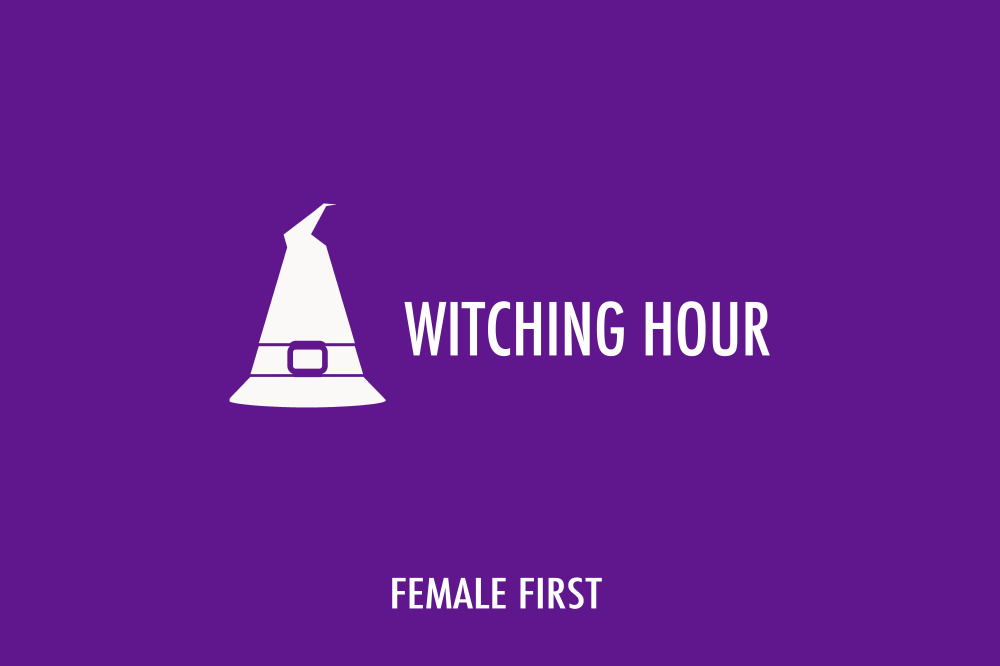It's the most magical month of the year not because of the Christmas hype, but because almost everyone is celebrating something; whether it be Christmas, Hanukkah, Kwanzaa or Las Posadas. In the Pagan community, we're getting excited about the Winter Solstice, also known as Yule.

Witching Hour
Like common tradition dictates, Yule is celebrated for twelve days, starting from the shortest day of the year - this year from December 22nd to January 2nd, rather than December 25th to January 5th.
Yule is different for all Pagans. For example, in Heathenry (a Germanic tradition), Yule is often a celebration related to Odin and the Wild Hunt, while Wicca claims it as the re-birth of the Sun-God as Winter once again begins to wane giving way to new life in the Spring and Summer months.
It is no coincidence that Christianity also observes the birth of the Son of God at this time of year; December 25th marks the birth of an older Indo-Iranian deity named Mithras, so no doubt it made sense to bring in the new Christian celebration during an already established one.
Many traditions of Yule come from the Roman festival Saturnalia, which honours the God Saturn between 17 December of the Julian calendar and later expanded with festivities through to 23 December. It was a time for gift-giving, feasting and generally making merry with all usual social norms suspended.
One of the most well-known traditions of the Winter Solstice is the burning of the Yule log. While significance varies from culture to culture, generally it is regarded as a ritualistic invocation of the sun's rays, dispelling the Winter's darkness. Ashes are then strewn over the fields to represent fertility, and it's almost like the usual Sabbat bonfire has been forced indoors. Sometimes it is make of Oak, to celebrate the triumph of the Oak King, God of the Waxing Year, over the Holly King, God of the Waning Year.
Many symbols of Christmas have roots in Pagan tradition. Boughs were made to symbolise immortality, oranges represented the sun, holly near the door invited good fortune and mistletoe was symbolic of fertility. Even the robin is the emblem of the Oak King. Christmas trees may be bedecked with angels and representations of the Star of Bethlehem, but bringing in an evergreen tree is actually a symbolic reminder that while all things are dark and dying, there is still life in the world.

